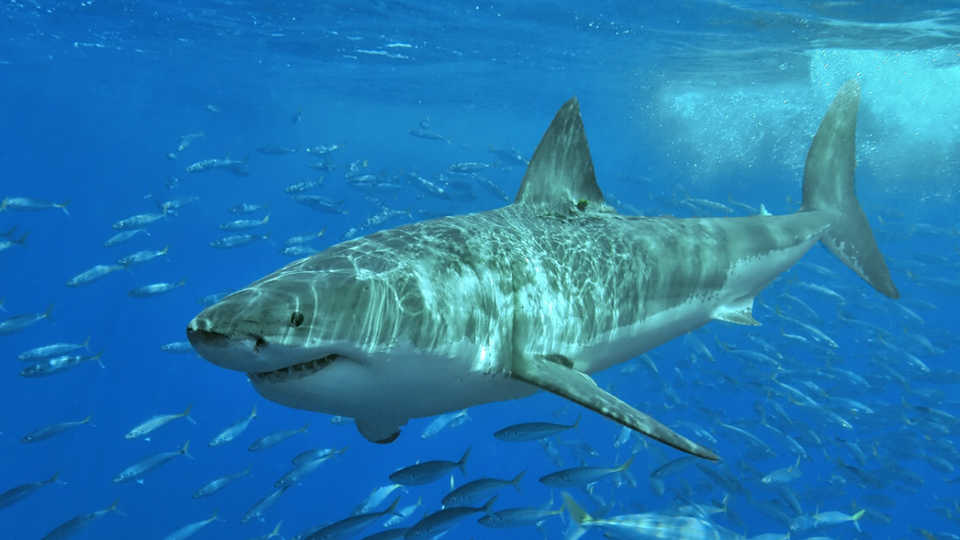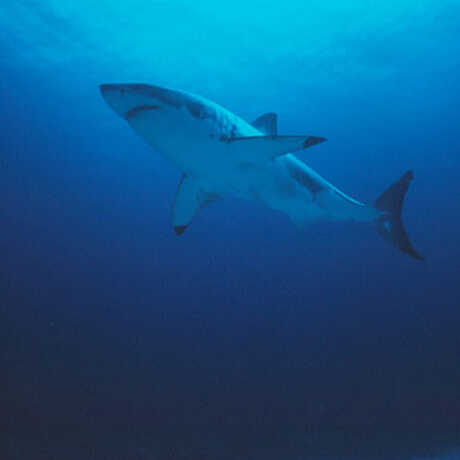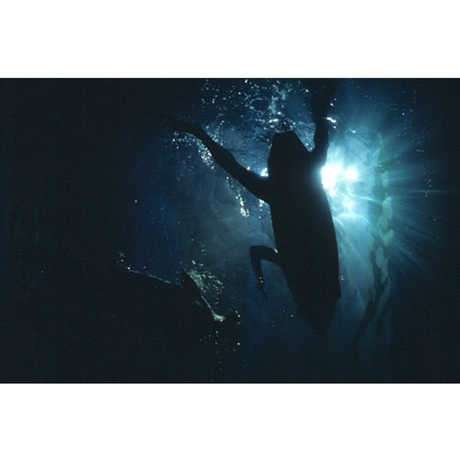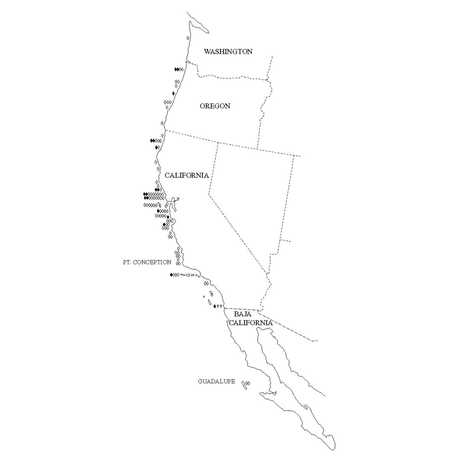Good Fish, Bad Fish.
To learn more about sharks visit your local library, the web, such as The International Shark Attack File (ISAF), and natural history museums and aquariums.
The following publications are useful for further information concerning white shark biology and attack behavior:
Ellis, R. and J. E. McCosker. 1991. Great White Shark. HarperCollins and Stanford University Press, New York. 270 pp.
McCosker, J. E. 1981. Great White Shark. Science 81, 2(6): 42-51.
McCosker, J. E. 1985. White shark attack behavior: observations of and speculations about predator and prey strategies. Memoirs of the Southern California Academy of Sciences, 9: 123-135.
McCosker, J. E. and R. N. Lea. 1996. White shark attacks in the eastern Pacific Ocean: an update and analysis. Pp. 419-434 In Great white sharks: The biology of Carcharodon carcharias. Academic Press, ed. by A. P. Klimley and D. G. Ainley. 517 pp.
Tricas, T. C. and J. E. McCosker. 1984. Predatory behavior of the white shark (Carcharodon carcharias), with notes on its biology. Proceedings of the California Academy of Sciences, 43(14): 221-238.
I wish to thank Dr. Robert Lea of the California Department of Fish and Game and the Honorable Willie Brown, former Mayor of San Francisco, for advice and suggestions.



